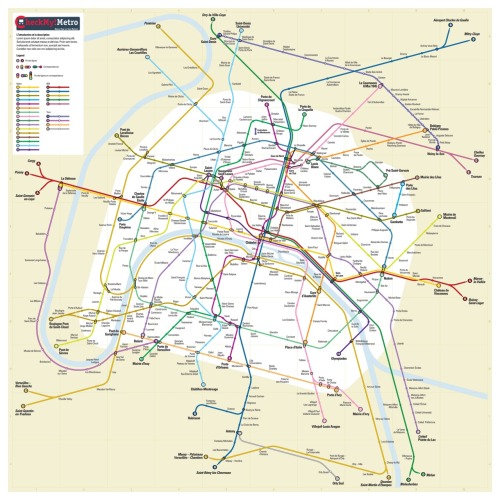So, it transpires that the gadget we all love to love or love to hate is up to its old tricks again and researchers have discovered that it is keeping track of where you are going. Pete Warden and Alasdair Allan have made this shocking discovery, presented it today at
Where 2.0 in San Jose and it's been picked up on blogs and social media sites worldwide as well as in
The Guardian.
It seems like an update in June 2010 set the phone to automatically capture a time stamped location and store it in a secret file and whilst there is no suggestion that the data is uploaded to Apple's servers, it seems people are getting hysterical about their beloved phone capturing information. You can read more about the find
here and
here but is this really a story worth getting heated about?
So the phone captures and stores locational data. Great! Isn't that precisely how Location Based Services work (as @edparsons pointed out on Twitter)? Without an ability to locate itself, the device has no means of positioning relative to anything. Perhaps the fact the 'find' wasn't widely known is the problem here and certainly if we own such devices we should be aware of what it is they are doing. The conspiracy mongers certainly enjoy this sort of thing but...why is capture and storage of such data a problem for so many? The crux of the complaints seems to centre on the fact that if the data fell into the wrong hands they could work out where you had been. Startling! So if you 'lose' your phone or it is 'stolen' then some bright hacker who is interested in where you went could find out. I am quite sure there are some who wish this information to be kept private but the instances where this might be a problem are limited to say the least.
What is of interest here though is the fact that revealing a location seems to be at the top of so many people's concerns. Wait a moment though...doesn't a phone store much more sensitive information. What about your contacts list (including those who prefer to be ex-directory)? What about the call log? What about the SMS history? What about the automatic login to your social media accounts? What about your web search history? Your phone is designed to capture and store a log of virtually all its functions so why shouldn't it also capture and store location? The real issue here is people don't really know what to do with such data yet so they are worried by its collection. I don't disagree that having a setting to turn off such collection would be useful (like erasing your search history) but if we change our mindset to it being just another useful smartphone feature then we can harness the information rather than be wary of it.
If we expand the issue a little wider we can see how the hysteria surrounding the iPhone is even more baffling. How many of those raising concerns have store loyalty cards for instance? Every time you buy petrol, each time you shop, every time you use it to claim rewards points you are providing a location. This is volunteered because you signed up for it. It's stored and the organisations make use of that data. If you are REALLY concerned that your iPhone is tracking you...perhaps you want to think about all the other tracking that is going on around you.
The moral here is simply not to lose your phone...but for us carto geeks it presents a fascinating insight into patterns of movement that you can track and map in space and time. Warden and Allen have provided an
application to help people look at the 'hidden' data. I'd have a go myself...but I own an Android device and unless it's doing things I'm not aware of I'm not so lucky as to have such a rich dataset to play with.





























